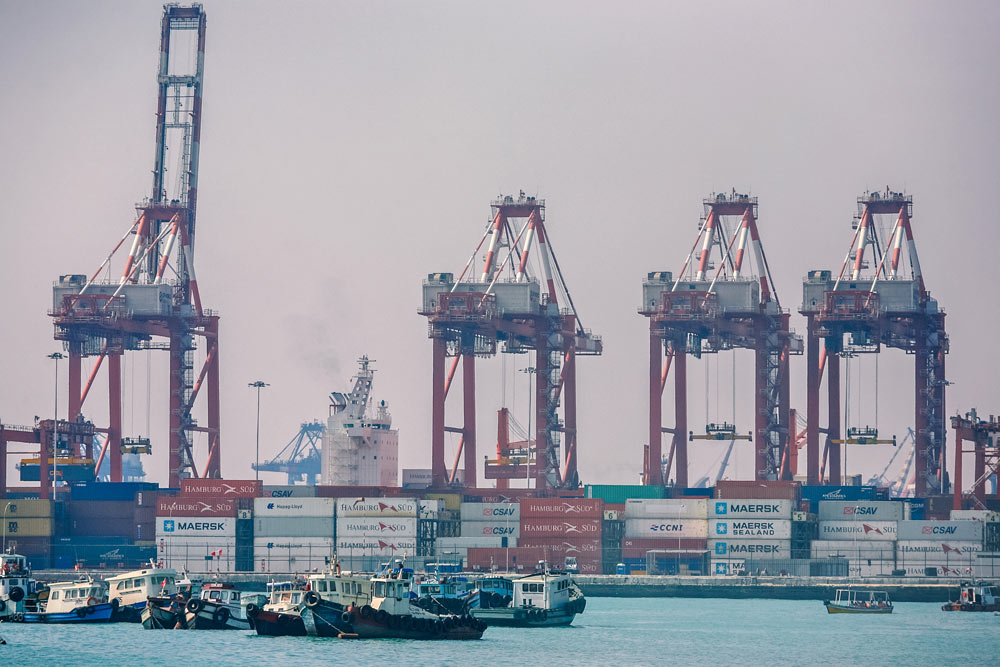In November 2016 13 new ports have signed [ds_preview]the port data project of the United Nations Conference on Trade and Development (UNCTAD). The number of participating ports from Africa, Asia, Latin America and Europe rises to 42.
Better data analysis leads to better performance. And in the case of – the gateway for more than 80 % of the raw materials, food, electronics and similar goods that are traded – improved performance lowers trade costs, meaning families spend less at the supermarket and businesses compete better in the global economy. »For ports to work better, managers need to benchmark their performance on a wide range of indicators,« said the project‘s manager Mark Assaf. But there would be a lack of reliable data for port managers to use.
Most port data is aggregated at country – not individual port – level, and with the exception of containers, few global standards exist. »Port managers want to know that they can trust the data, and that they‘re comparing apples to apples,« Assaf said. »This is why from day one we‘ve made sure the ports in the project agree on the indicators, the units of measurement and the methodology,« he said, adding that UNCTAD verifies the data and ensures it remains confidential.
The project, which started in 2013, now covers 23 indicators on financial stability, labour productivity and operational efficiency. The customized assessment – called a scorecard – looks at indicators ranging from revenue generated per employee, to average ship waiting times, to tonnage handled per hectare of land. The ports‘ scorecards, which currently assess data from 2010 to 2015, will be updated annually.
UNCTAD has been helping ports improve their management since 1996, working with some 200 ports in 29 countries in Africa, Asia and Latin America.




















